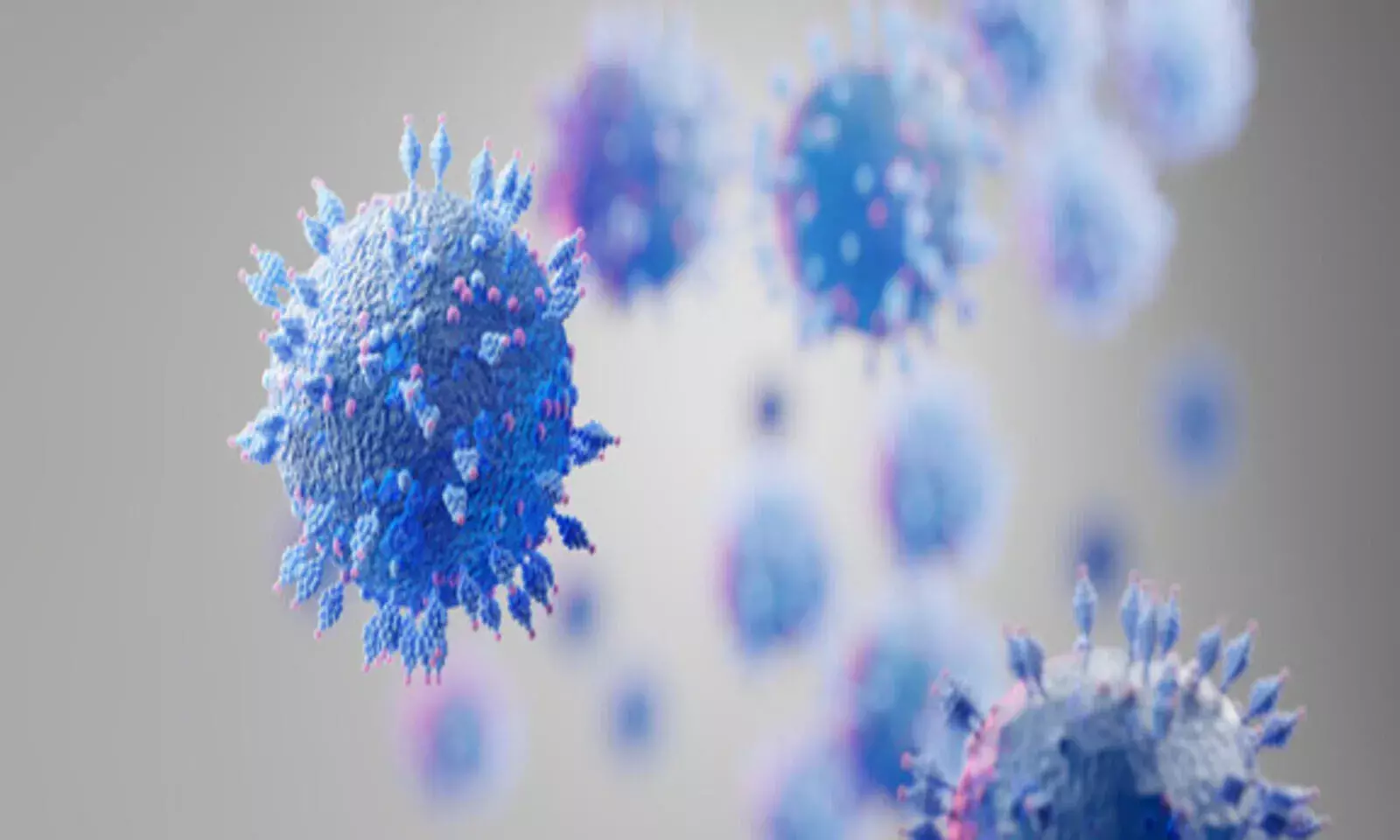Explained: Why Transmissibility, Severity of COVID-19 Variants Different
Viral shedding of Omicron is much more than previous COVID-19 variants, leading to more infections, shows research

COVID-19 variant Omicron multiplies itself 70 times faster than Delta and the original SARS-CoV-2 in bronchus tissues, revealed a recent study conducted by the LKS Faculty of Medicine at the University of Hong Kong. The research also showed that Omicron infection in lungs is significantly lower when compared to the previous variants of concern — indicating lower disease severity.
Union Health Secretary Rajesh Bhushan, in a letter to states and Union territories on December 21,2021, said, "Omicron is at least three times more transmissible than Delta. Hence, even greater foresight, data analysis, dynamic decision making and strict and prompt containment action are required at the local and district level."
India has reported 236 Omicron cases as of December 23, 2021 with Maharashtra (65) reporting the highest cases, followed by Delhi (64), Telangana (24) and Rajasthan (21).
To understand how the variants of concern have different levels of transmissibility and severity, we must first understand what the Hong Kong researchers found about the newest variant.
Omicron: More severe in bronchus, less in lungs
Omicron or the B.1.1.529 variant, first reported on November 24, 2021, is the fifth variant of concern after Alpha, Beta, Gamma and Delta. The Hong Kong study, which is still under peer review, was conducted by Dr Michael Chan Chi-wai, Associate Professor of School of Public Health and Principal Investigator, Centre for Immunology and Infection (C2i), Hong Kong Science and Technology Park (HKSTP) and his research team.
The researchers isolated the Omicron SARS-CoV-2 variant to compare infection with the original SARS-CoV-2 from 2020, the Delta variant and the latest Omicron variant. It is also worth noting that the experiment was conducted outside the human body using the bronchus (windpipe or airway that leads to the lungs) and the lung tissue. The study found that after 24 hours of infection, the Omicron variant had replicated around 70 times higher than the Delta variant and the original SARS-CoV-2 virus in the bronchi tissue.
However, after running this experiment with the lung tissue, the infection was significantly lower (more than 10 times lower) compared to Delta and the original virus – thus indicating less severity in the lungs.
Why Transmission Level Differs
In another preprint study published in medRxiv, researchers found that Omicron's spike protein was more effective at entering human cells than Delta's spike protein or that of the original coronavirus — suggesting that the latest virus can infect cells more swiftly and easily. Earlier the incubation period (time period between exposure to symptoms) for the original SARS-CoV-2 was about five to six days before symptoms showed up. Whereas, this was lower for the subsequent variants; five for the Alpha variant and four for Delta and now three for Omicron, according to a study titled 'Outbreak caused by the SARS-CoV-2 Omicron variant in Norway, November to December 2021' published in Eurosurveillance, a medical journal on infectious diseases.
Virologists FactChecker spoke to said although there is not much qualitative difference in transmission, the quantitative viral shedding is far higher in Omicron. "When huge amounts are shed, like Delta and even more with Omicron, the shed virus travels more distance," TJ John, virologist and former professor at the Christian Medical College, Vellore, told FactChecker. "Moreover, more shedding means more aerosols."
Similarly, Transmission depends upon how well the virus multiplies in cells that line our respiratory tract, said Shahid Jameel, virologist and director of the Trivedi School of Biosciences, Ashoka University, Haryana.
Transmissibility comes from the upper respiratory tract and severity comes from the lower
respiratory tract (i.e., lungs). "If the virus multiplies very well in the upper respiratory tract, then we shed it better through coughing and sneezing and thus transmit it well," said Jameel.
Why Some Variants Are Less or More Severe
Once in the lung, some viruses induce a potent host response to clear the virus. Moreover, severity of the disease depends mainly on the host response to infection in the lungs. "This causes inflammation, which allows fluid to accumulate in lungs, compromise air exchange and cause pneumonia," explained Jameel.
This leads to increased oxygen requirement and severe disease. Changes in the viral proteins (mutations) allow it to multiply more and modulate its ability to cause inflammation, the virologist said. According to CMC's John, "Severity is a basic genetic property, altered by mutations of the genome. "
Virologists said Omicron is a significant threat to India due to the population density and low vaccine coverage as per percentage of population. However, they also highlighted that the Hong Kong study is yet to be peer reviewed and cautioned not to draw conclusions as various studies are still under way.


